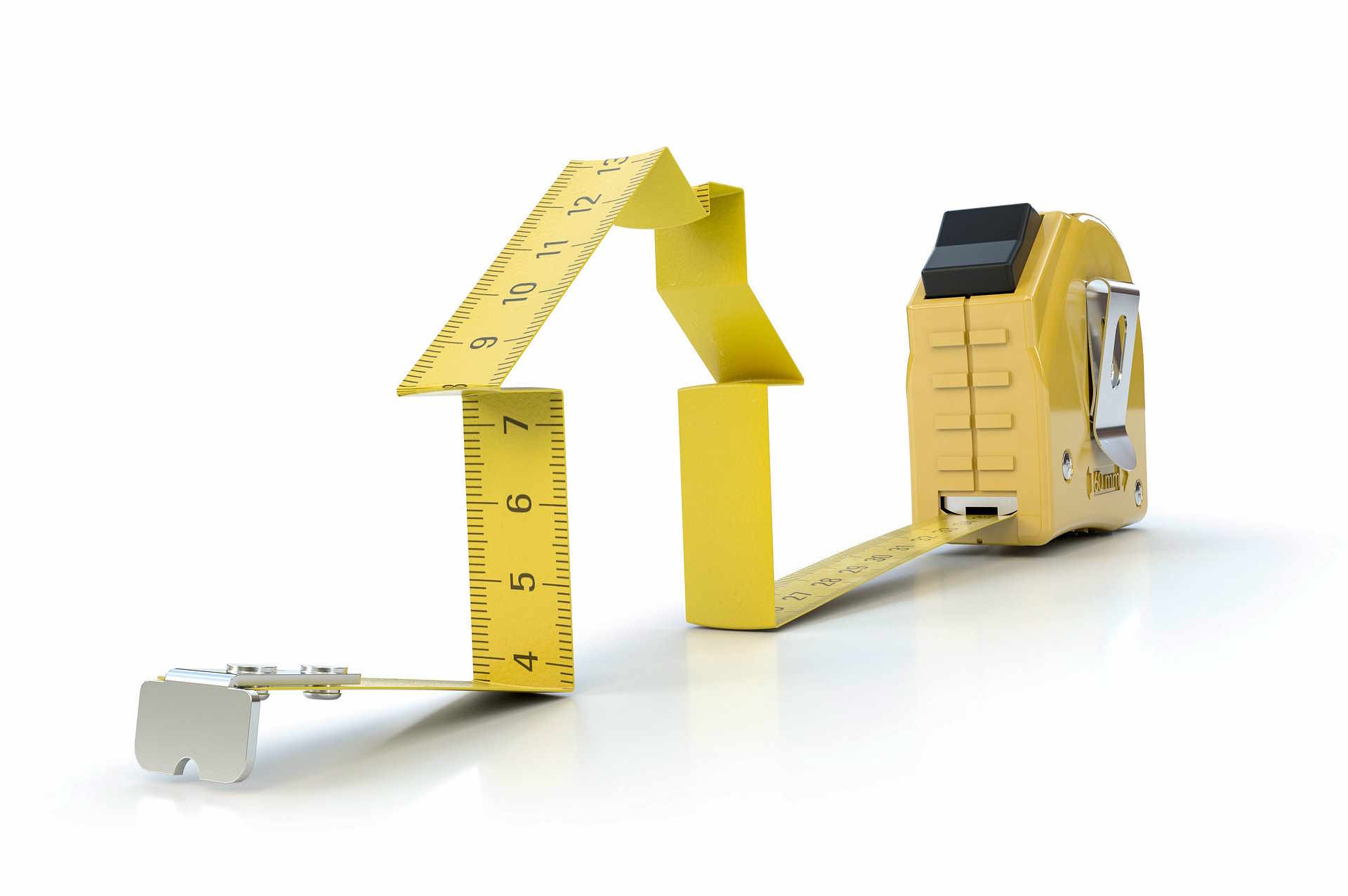How Home Value Is Determined: The Complete Homeowner's Guide
Learn how home value is calculated and which factors most influence property worth. This comprehensive guide covers renovations, market timing, appraisal methods, and the key metrics that affect resale value. Get practical tips to preserve and increase your property's value and make smarter real estate decisions.

Knowing your home’s value is essential whether you’re planning to sell, refinance, or simply manage your investment. Property worth is not fixed — it shifts with market cycles, upgrades you make, and the neighborhood’s appeal. This guide breaks down how different factors affect value and offers actionable steps to protect and grow your home’s market price.
How Renovations Influence Property Value
Not all upgrades deliver the same returns. Tactical improvements usually yield the best outcomes: kitchen and bathroom remodels remain among the highest-return projects because they directly affect buyers’ perceptions of livability and modernity. Energy-efficient investments — like new windows, insulation, or efficient HVAC systems — are increasingly attractive and can shorten time on market while appealing to eco-minded buyers.
At the same time, expensive luxury add-ons don’t always pay off. Highly personalized or niche features may only appeal to a small subset of buyers, and in some neighborhoods they’ll never reclaim their entire cost. The key is to align renovation scope and quality with local market expectations: prioritize projects that enhance function, curb appeal, and broad buyer appeal rather than niche luxury items.
Reading Market Signals and Choosing Timing
Housing markets ebb and flow with broader economic indicators and local developments. Interest rates, employment trends, and new commercial or infrastructure projects nearby can all lift or depress property values. Seasonality plays a role too; in many regions spring and early summer are the busiest selling months, which can mean more competition and higher prices.
To make informed timing decisions, combine historical data with current indicators. Review comparable sales, watch inventory levels, and track days on market to gauge whether conditions favor sellers or buyers. If you’re refinancing, keep an eye on prevailing mortgage rates and lender appetite; small rate shifts can change the calculus of whether to refinance now or wait.
How Professionals Value a Property
Licensed appraisers and real estate agents use a few standard approaches to estimate value. Comparative Market Analysis (CMA) looks at recent sales of similar nearby homes and adjusts for differences. The cost approach estimates what it would cost to replace the home, less depreciation. For rental or investment properties, the income approach evaluates potential rental income and capitalization rates to determine worth.
Each method has strengths and limitations, so professionals often use two or more approaches to triangulate a reliable figure. Appraisers also inspect the property to assess condition, note any deferred maintenance, and record features that could affect marketability.
Key Metrics That Shape Home Worth
| Value Factor | Impact Level | Typical Value Effect |
|---|---|---|
| Location Quality | High | ±15-20% |
| Property Condition | Medium-High | ±10-15% |
| Square Footage | Medium | ±5-10% |
| Age of Home | Medium | ±5-10% |
| Recent Updates | Medium-Low | ±3-8% |
Prices, rates, or cost estimates mentioned in this article are based on the latest available information but may change over time. Independent research is advised before making financial decisions.
These metrics are not exhaustive but offer a useful framework. Location often dominates value — proximity to good schools, transit, amenities, and low crime typically yields the biggest premiums. Condition and usable square footage directly influence what comparable buyers will pay. Newer homes or recently updated ones tend to command higher prices, although maintenance history matters as much as age alone.
Practical Steps to Maintain and Boost Value
Regular upkeep is the single most effective way to preserve your home’s value. Addressing roof repairs, fixing leaks, and keeping mechanical systems tuned can prevent small problems from becoming costly defects that harm appraisals. Document all repairs and upgrades: receipts, permits, and before-and-after photos can support a higher valuation during sale or appraisal.
Curb appeal is another high-impact area. Fresh landscaping, a well-maintained exterior, and an attractive front entry create strong first impressions that can improve perceived value. Inside, aim for neutral finishes that appeal to the broadest range of buyers and prioritize upgrades that improve daily living — kitchens, bathrooms, and storage solutions.
When planning larger projects, research local comparables to avoid over-improving for the neighborhood. A midrange kitchen renovation might deliver excellent ROI in one area but be out of sync with surrounding homes in another. Work with local real estate professionals to understand buyer expectations and market ceilings.
Long-Term Management Strategies
Treat your property like a long-term asset. Monitor local zoning changes, neighborhood developments, and broader economic trends that could affect demand. Maintain a schedule for preventive maintenance, keep an emergency fund for unexpected repairs, and reassess your property’s competitive position annually.
If you’re considering selling, start preparing months in advance: declutter, complete necessary repairs, and stage key living areas. For those holding as an investment, track rental markets and occupancy rates so you can adjust rents or marketing strategies proactively.
A home’s value reflects a mix of market dynamics, physical condition, and buyer preferences. By staying informed, investing strategically, and maintaining meticulous records, homeowners can protect and often increase their property’s worth over time.






